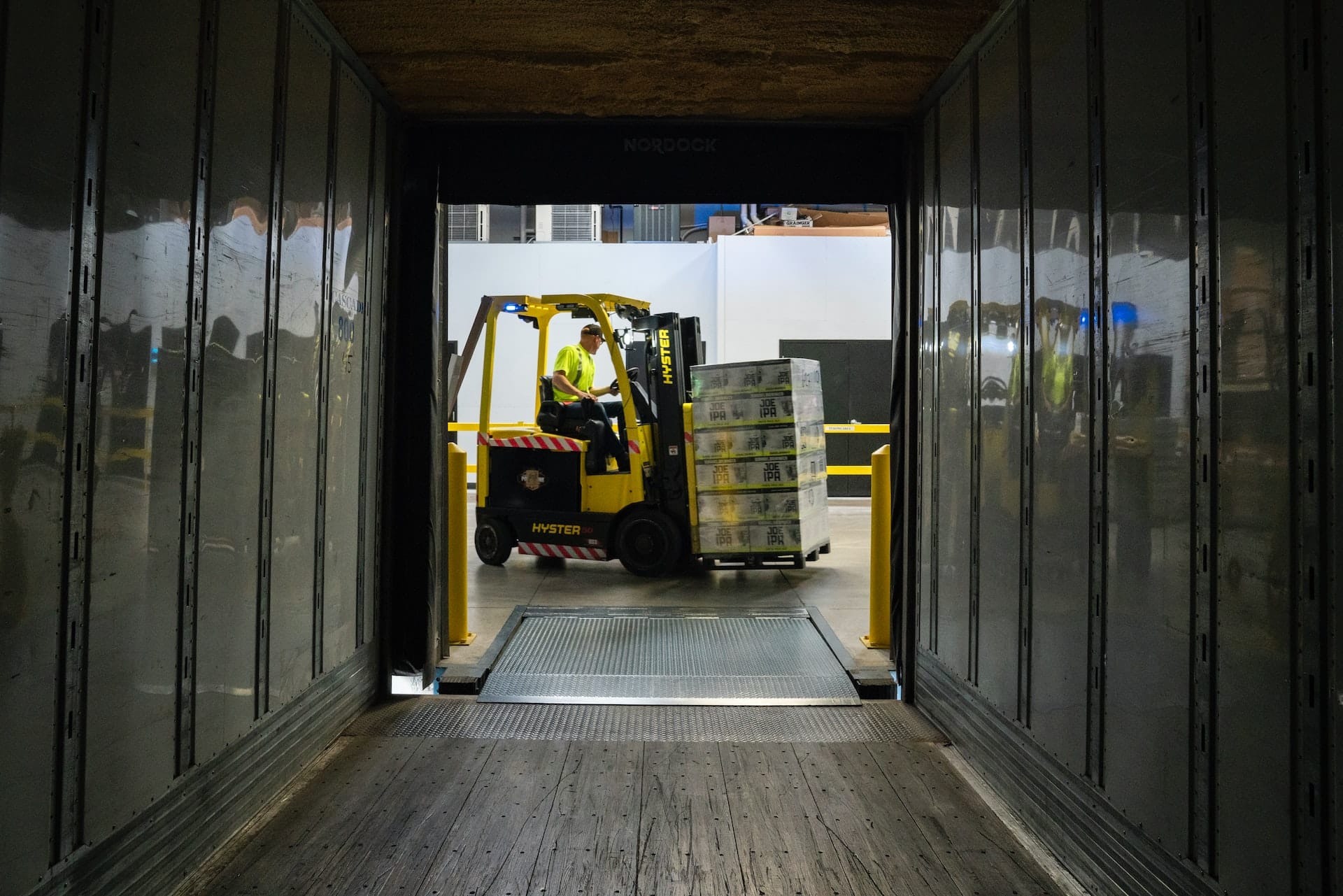Product sizing and automated dimensional weighing scanning systems are critical measurement tools passed down in logistics and supply chains to actuate the weight and cubic dimensions (LWH) of depository and e-commerce stock-keeping units (SKUs) and fulfillment orders. Automatically measure to obtain and determine—cargo packing and palletizing in air, road, and ocean freight logistics and freight applications.
Dimensioning systems are crucial in the supply chain because storage and shipping space is limited and expensive. That is what is sold, in addition to material handling and fulfillment activities. This needs to be a core competency. Efficiently and accurately capturing, digitally exporting identification, and analyzing data for SKUs, packages, pallets, and other items is significant.
Here are seven dimensions of identified supply chain management complexity.
IMAGE: UNSPLASH
Customer Behavior
Customers’ ordering behavior and personal service requirements give a boost to different performance standards. Some customers incur high costs for low-margin products. This means that many customer-product combinations are in the red.
Networks
The more nodes or links in a chain and the trend toward global expansion of supply routes, the more complex it becomes to plan and conduct networks that do not behave consistently and predictably.
Organization
Complexity due to business size, mergers and procurement, functional structures, and their individual measurement focus often results in management structures that limit supply chain flexibility.
Process
The more steps a process consists of, especially if they are sequential, the more handovers/touchpoints and the longer the whole process takes. This significantly reduces non-value combined time and increases process variability.
Product
Few companies have good control over their product design and regularly query the BOM to maximize component commonality. This leads to complex purchasing and manufacturing schedules with large inventories of slow-moving components and the risk of obsolescence.
Scope
Product lifecycle management tends to be poorly managed, so portfolios (products, services, pack sizes, variants, etc.) tend to run out of control, making administration and maintenance more complex and unprofitable.
Suppliers
Businesses often have too many suppliers, and the demanding relationships that are fundamental to maintaining a high standard of customer service are not well managed. Relying on delivery from a single source for critical areas of the company is equally risky. Ultimately, you have to find a balance that allows you to actively manage your supply base.
How To Dimension Irregular Shapes
A dimensioning tool that can determine the length, width, and height of irregular shapes determine the “smallest cuboid shape or imaginary box that an item fits in” instead of actually measuring the physical sides of the item. That is, it uses lasers, camera-based imaging, or infrared sensors to calculate the smallest box a ball or hoop can fit into.
Conclusion
These advanced measuring instruments or chips determine the load, length, width and height of objects to be measured. Combined with image capture, software applications, and barcode scanning the collected data is formatted into item-level digital files and exported in near real-time to the user’s host IT application for further processing. The article mentions some of the dimensions of supply chain management, the importance of dimensioning, etc.
IMAGE: UNSPLASH
If you are interested in even more business-related articles and information from us here at Bit Rebels, then we have a lot to choose from.


COMMENTS